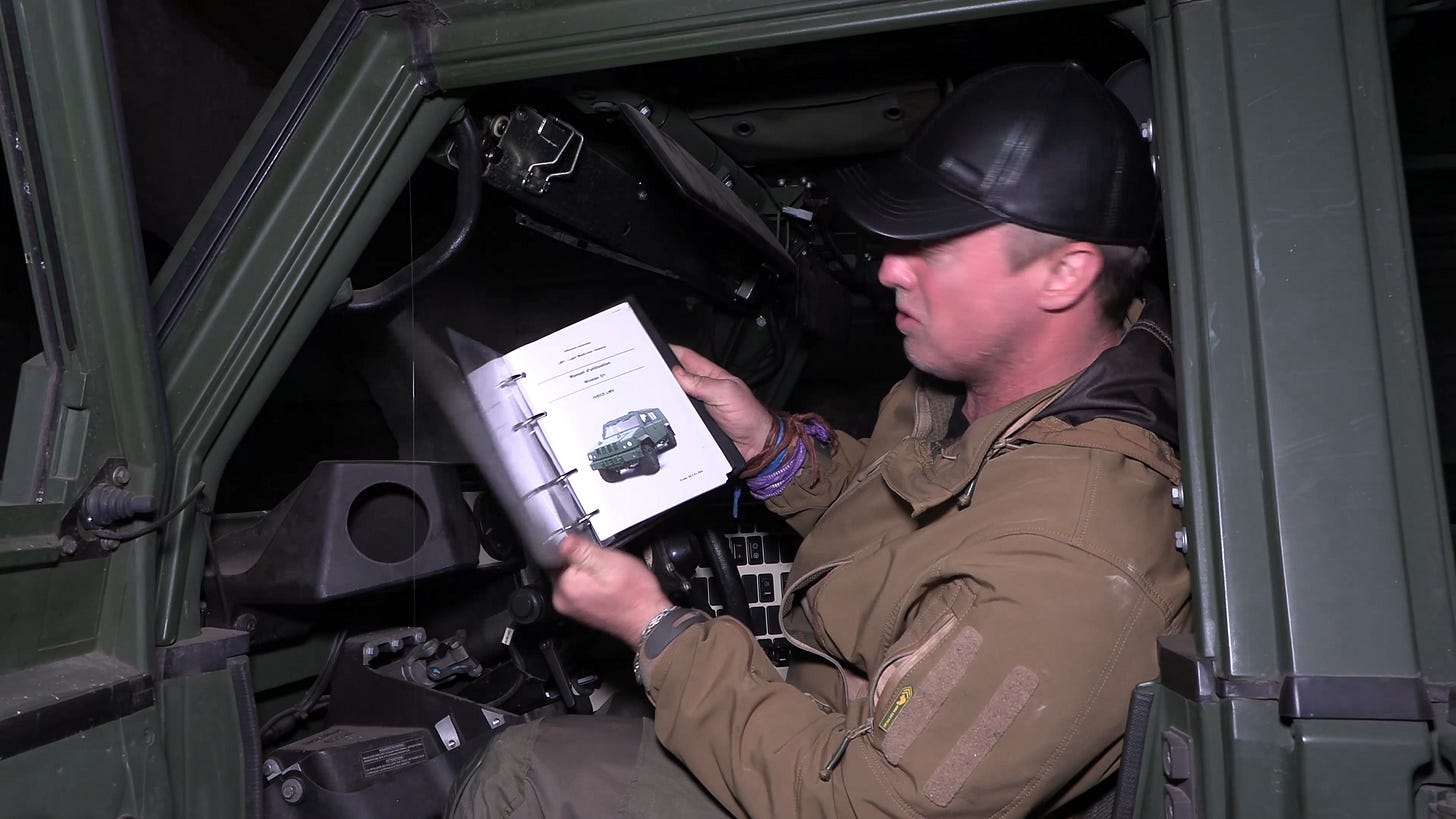Russia Captures Fleet of NATO Equipment from Ukraine Army to Reverse Engineer & Send To Frontline Combat
By Patrick Lancaster
In my latest frontline report from the Kursk region of Russia, I document a dramatic development in the ongoing conflict between Russia and Ukraine: the capture of a fleet of NATO-supplied military equipment by Russian forces. This video provides an exclusive, unfiltered look at the seized weapons and vehicles, revealing the scale of Western support to Ukraine — and Russia’s plans to reverse engineer these assets for its own use (Or Not).
On the Ground: NATO Weapons in Russian Hands
Standing between two pieces of Western-supplied equipment, I show viewers the battlefield reality. Among the captured gear is a 105-mm NATO artillery piece marked with clear NATO inscriptions, reportedly used by Ukrainian forces to attack Russian positions on Russian soil. This artillery will soon be transported to Russian facilities for reverse engineering, where military engineers hope to adapt the design for Russian use.
We also inspect various Western military vehicles, including German-supplied equipment with instruction manuals and control panels written in German. One highlight of the report is the American Stryker armored vehicle, an advanced transport and combat vehicle used by NATO forces. Russian troops demonstrated how they operate the Stryker despite initial unfamiliarity — pushing buttons and testing systems — and discussed plans to study its systems further.
Reverse Engineering Strategy
Russian soldiers, particularly from the “Veterans” Brigade, told me they have captured around 18 pieces of NATO or Western-supplied military equipment. Their commander explained that some of this equipment will be reverse engineered to understand Western technology and possibly repurpose it for Russian combat operations against Ukraine. However, he explained not all captured gear is useful. Some, they noted, is outdated or vulnerable to modern weapons, like FPV drones, and will instead be displayed as trophy equipment at military bases.
A Rare Look at Frontline Trophies
Throughout the report, I emphasize the importance of independent journalism in war zones. This isn’t about taking sides; it’s about showing the raw, unfiltered reality of war. From fiber optic cables spread across the battlefield — possibly for drones — to interviews with soldiers experimenting with Western vehicles, the video gives viewers a glimpse into the mechanics of modern warfare.
The captured equipment includes not only the Stryker but also French armored vehicles, possibly Polish and Swedish systems, and older Soviet-era artillery. The Veterans Brigade allowed me rare access to their base to film nearly 20 pieces of military equipment, providing a unique perspective that most media outlets cannot or will not cover.
A Call for Many Perspectives
As I remind viewers throughout the video, my goal is to document the facts on the ground, not to promote one side or the other. It’s critical for audiences around the world to see multiple perspectives, especially in a conflict as complex as this. Whether you agree or disagree with what’s happening, you deserve to see the full picture.
Final Thoughts
This video is part of my ongoing effort to provide independent, crowdfunded war reporting from the front lines. By supporting my work and subscribing to my Substack blog, you can help keep this reporting alive. Please like, share, subscribe, and most importantly, think for yourself. Get all the pieces of the puzzle — then make up your own mind.
Support Independent War Journalism (I CAN NOT DO IT WITHOUT YOU)
I’m completely independent. No networks. Just truth.
✔️ Subscribe to my Substack for full reports and behind-the-scenes stories:
🔗
✔️ Support my work with a ONE TIME donation — every bit helps me keep reporting from the front:
🔗SUPPORT MY JOURNALISM WITH A MONTHLY DONATION

















Share this post